If you haven’t noticed, I shoot mostly black and white, and some of my best work is in black and white. There are some amazing photographers out there that shoot black and white. Bruce Gilden, Anders Petersen, Daido Moriyama all shoot black and white and make amazing images. Each of these photographers are as different from each other as they are from someone like Ansel Adams or Dominic Rouse because black and white photography is so flexible. But there are practical reasons for shooting photography in black and white, too, and I’d like to cover some of the reasons I personally like it.1. It’s all about light and the way it plays with the shadows, illuminating or disguising your subject. All photography is about capturing light, but black and white photography is about seeing the light in a different way and making it an actor in your composition. There is no warmth, tone, or saturation with black and white. It’s contrast, highlights, shadows, and blacks. There is no color juggling, learning complements and contrasts in black and white, it’s juxtaposition and mood. Black and white allows you to use the light to set the scene, or let the light and shadow itself be the scene, with solid objects used to accentuate the light.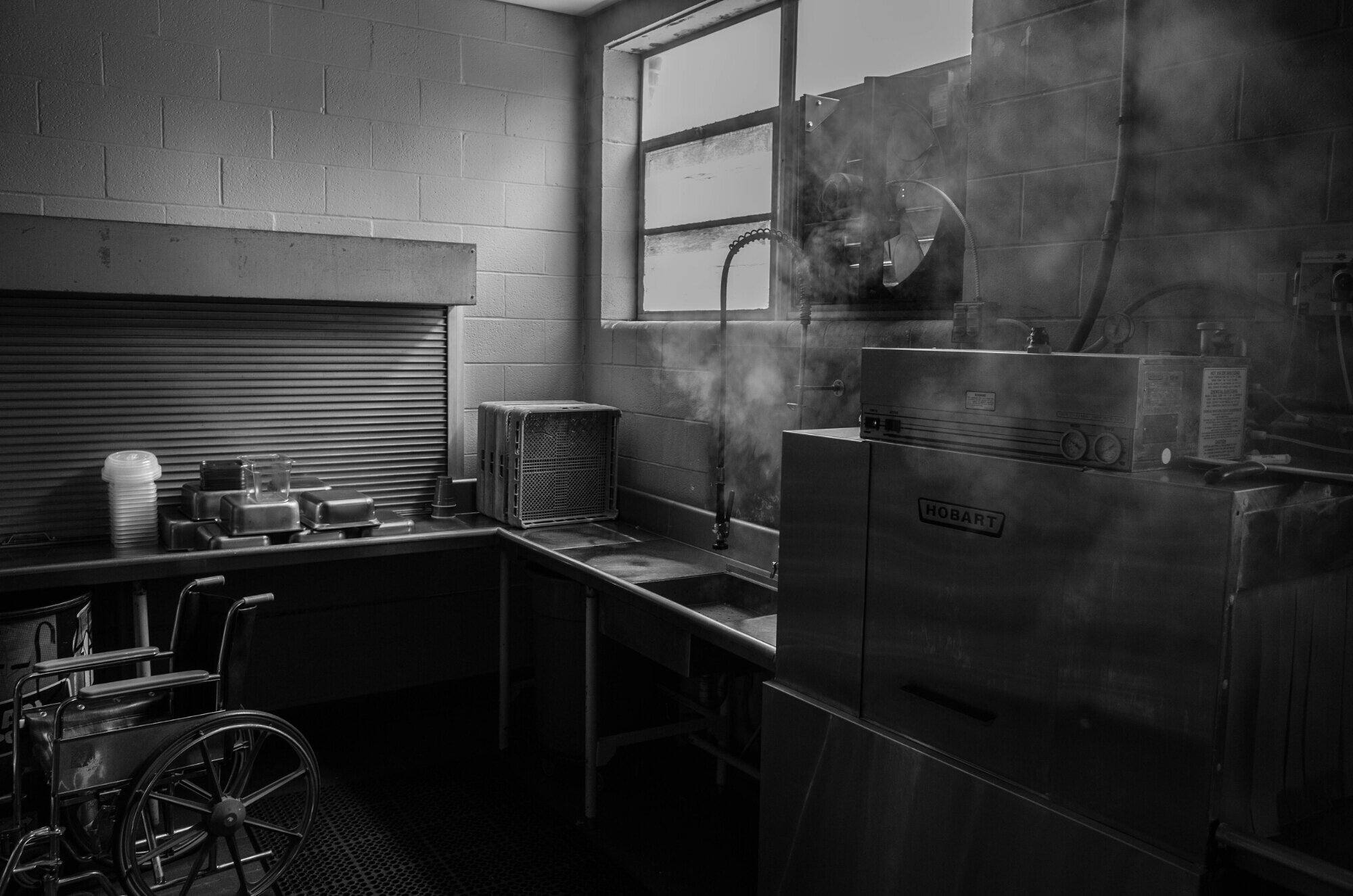 2. Weather isn’t important. That’s a bold statement, but the reality is that overcast days tend to produce cooler hues in color photography. Blues and greens stand out and reds and oranges are muted. This can be adjusted to a certain extent with hue and saturation tweaking, but you’re not likely to fool somebody into thinking a gloomy f/4 day is actually sunny. With black and white, your exposure and composition set the mood. What you do in post is tweak your highlights and shadows to portray the scene the way you intend it. Further, it is absolutely possible to make your audience think an overcast day is sunny. Try some overcast beach shots or, take some sunny shots and convince your audience it was overcast.
2. Weather isn’t important. That’s a bold statement, but the reality is that overcast days tend to produce cooler hues in color photography. Blues and greens stand out and reds and oranges are muted. This can be adjusted to a certain extent with hue and saturation tweaking, but you’re not likely to fool somebody into thinking a gloomy f/4 day is actually sunny. With black and white, your exposure and composition set the mood. What you do in post is tweak your highlights and shadows to portray the scene the way you intend it. Further, it is absolutely possible to make your audience think an overcast day is sunny. Try some overcast beach shots or, take some sunny shots and convince your audience it was overcast.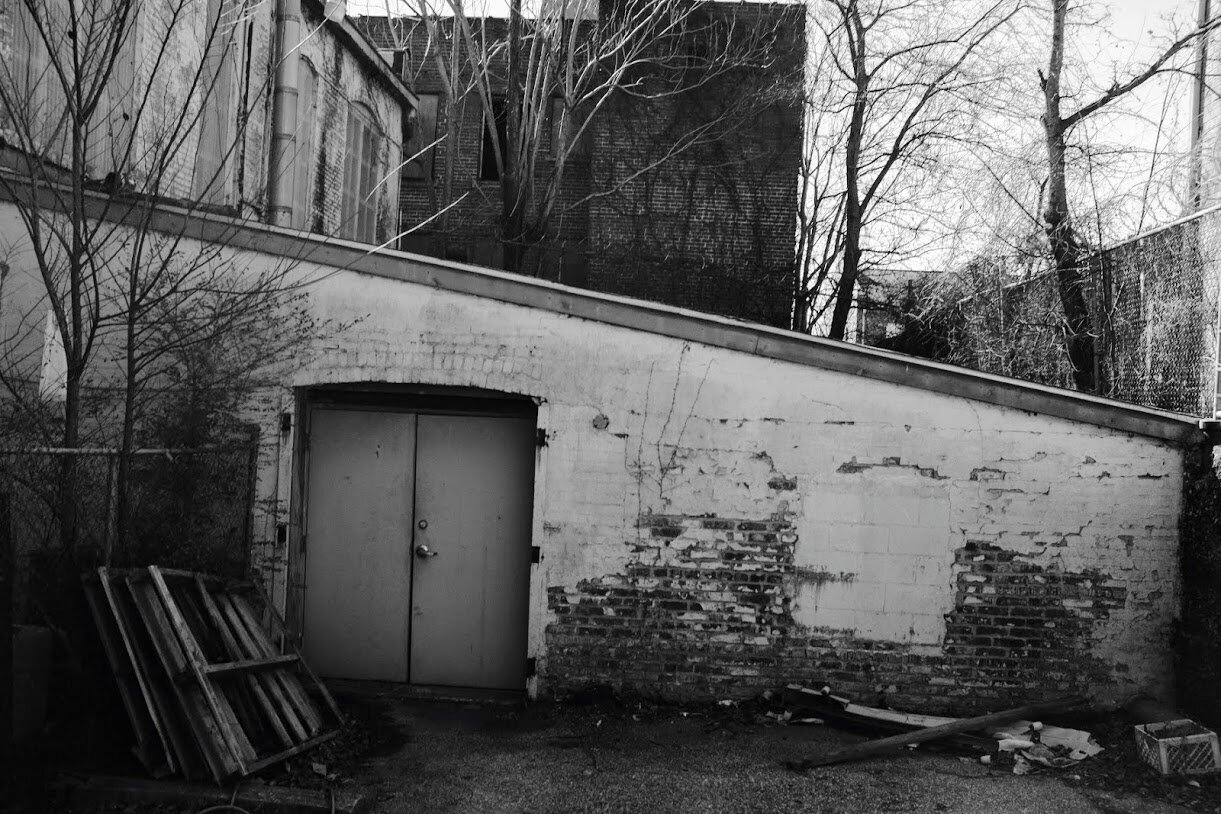 3. Clouds are ominous, structures are foreboding, and fog is fantastic, and grain is worshipped. I normally don’t like re-posting my images in multiple articles, but my bridge series presents us with ominous clouds hanging over a darkened silhouette of the Hernando de Soto Bridge. This past weekend, I found an old rundown house out in Stanton, TN. The color photograph is dull, but the de-saturated version gives it a creepy vibe. Fog is fantastic, too! Anything that needs to look ethereal can really be complemented by black and white. As for grain, color has hideous grain and it’s not highly sought after, yet one of the most popular black and white films in history, Kodak Tri-X 400, is held in high regard due precisely to its ability to produce amazing grain.
3. Clouds are ominous, structures are foreboding, and fog is fantastic, and grain is worshipped. I normally don’t like re-posting my images in multiple articles, but my bridge series presents us with ominous clouds hanging over a darkened silhouette of the Hernando de Soto Bridge. This past weekend, I found an old rundown house out in Stanton, TN. The color photograph is dull, but the de-saturated version gives it a creepy vibe. Fog is fantastic, too! Anything that needs to look ethereal can really be complemented by black and white. As for grain, color has hideous grain and it’s not highly sought after, yet one of the most popular black and white films in history, Kodak Tri-X 400, is held in high regard due precisely to its ability to produce amazing grain.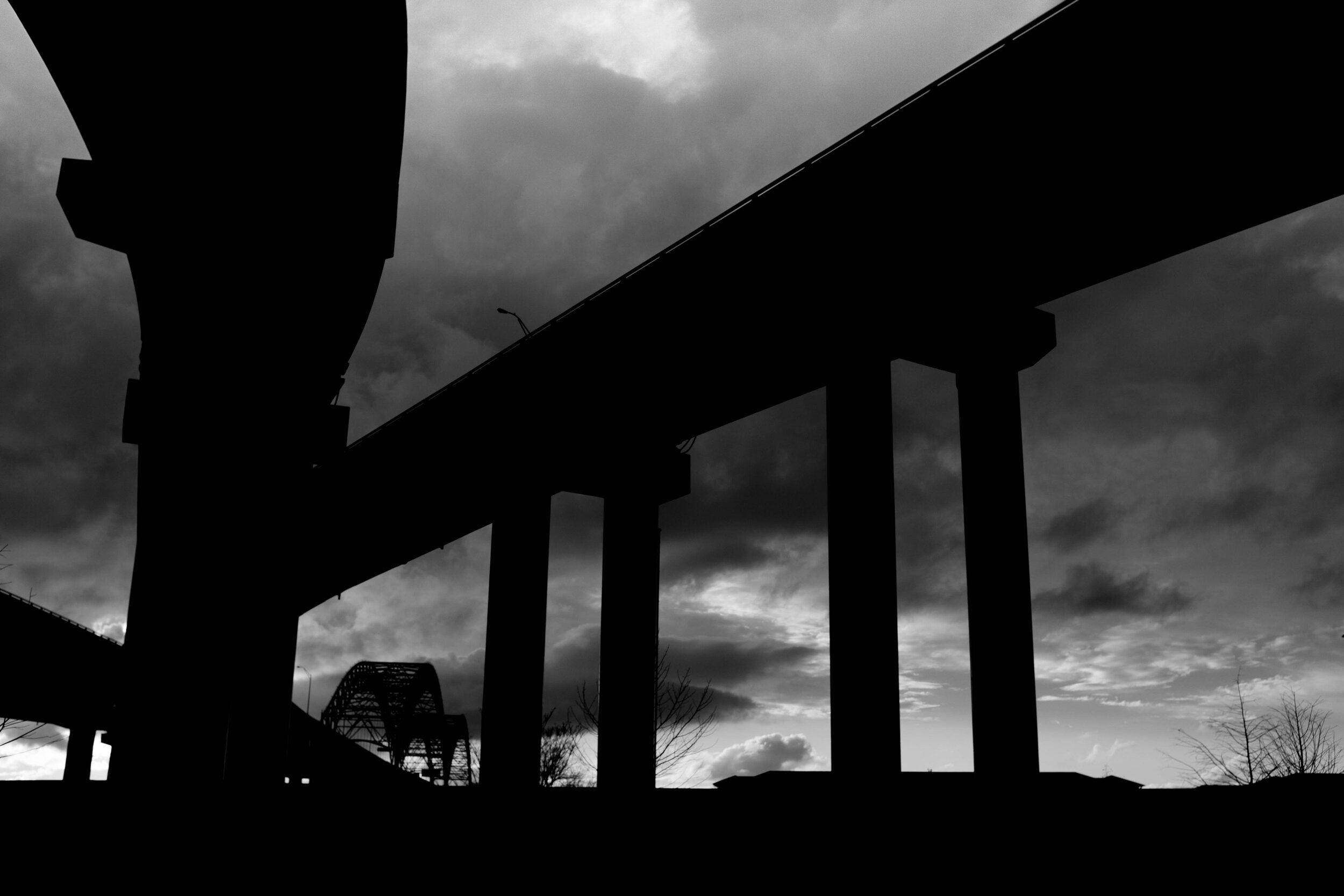 4. Portraits are so much more interesting. No, I’m not talking about the banal, shoulder-up portraits of previous board members at your company, but real portraits of the kids. Black and white is king, in my opinion. I believe this so strongly that I take the majority of my children’s monochrome portraits. Black and white allows me to focus on their faces, mannerisms, activities and props without having to worry about whether or not they’re color-coordinated, or if I have golden-hour lighting. I just get to spend my time watching them through the viewfinder and capturing them being themselves.
4. Portraits are so much more interesting. No, I’m not talking about the banal, shoulder-up portraits of previous board members at your company, but real portraits of the kids. Black and white is king, in my opinion. I believe this so strongly that I take the majority of my children’s monochrome portraits. Black and white allows me to focus on their faces, mannerisms, activities and props without having to worry about whether or not they’re color-coordinated, or if I have golden-hour lighting. I just get to spend my time watching them through the viewfinder and capturing them being themselves.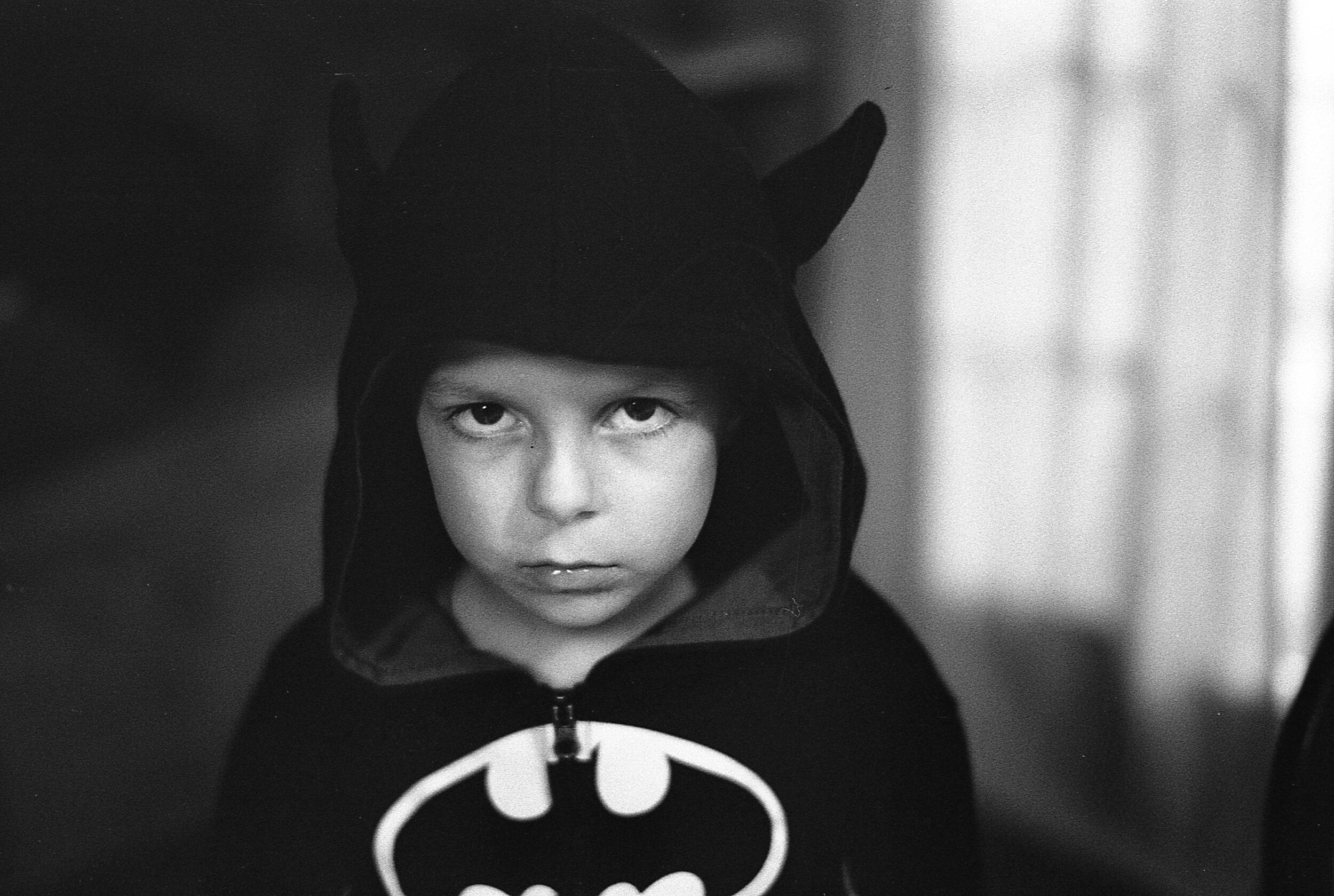 5. Monochrome film is designed to be pushed around. It’s extremely resilient due to its high exposure latitude. The aforementioned Tri-X 400 film is regularly pushed to ISO 1600 by most monochrome photographers because the shadow detail can be recovered later. This can be accomplished in color film, too, but the grain isn’t uniform — some of it has alternate colors causing fringing and other anomalies. It’s not pretty like black and white.
5. Monochrome film is designed to be pushed around. It’s extremely resilient due to its high exposure latitude. The aforementioned Tri-X 400 film is regularly pushed to ISO 1600 by most monochrome photographers because the shadow detail can be recovered later. This can be accomplished in color film, too, but the grain isn’t uniform — some of it has alternate colors causing fringing and other anomalies. It’s not pretty like black and white.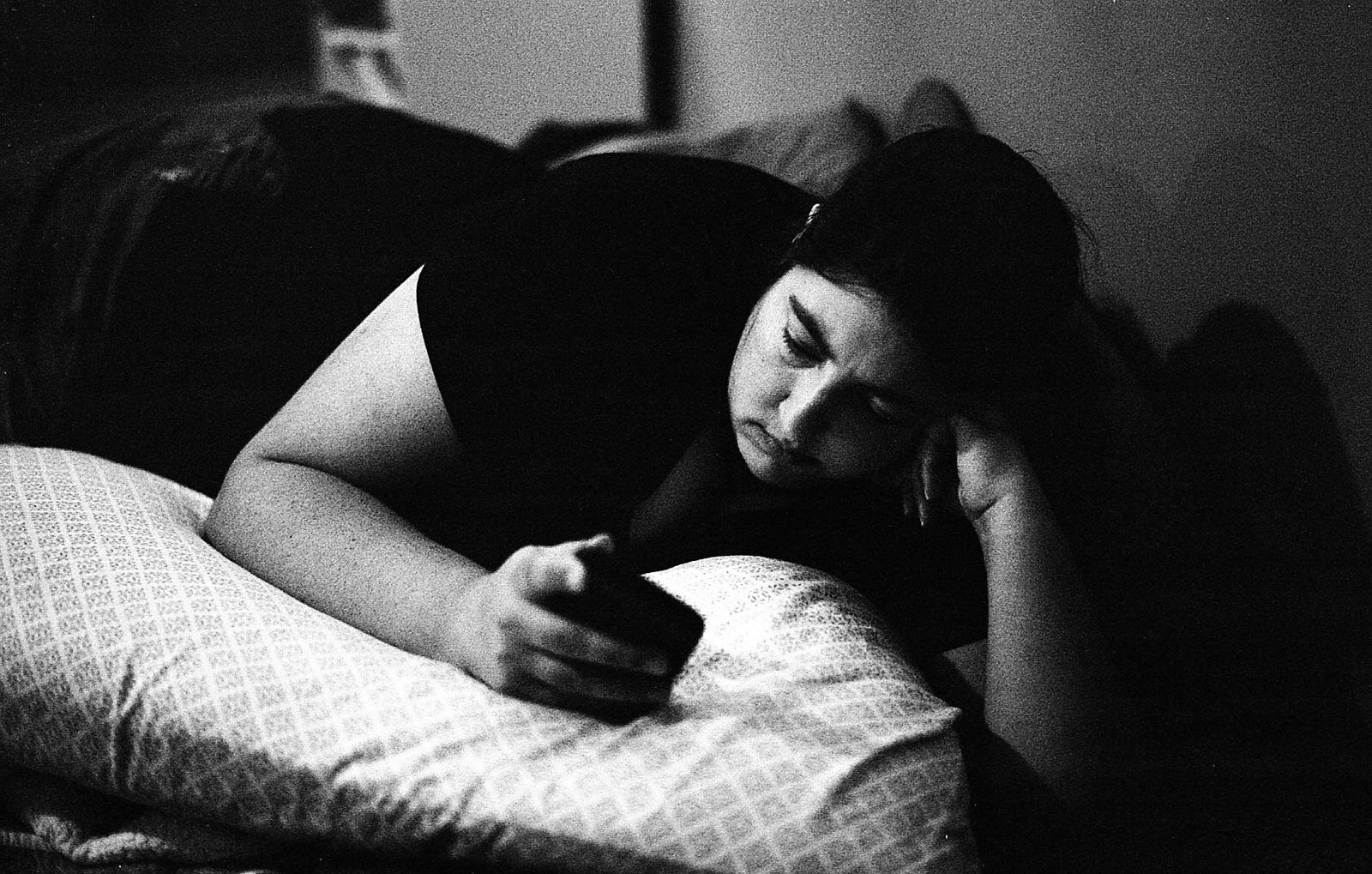 Now all this isn’t to say that color photography is inferior. Amazing color photographers like Alex Webb and Constantine Manos would put some of the best black and white photography to shame. But there is something about monochrome that continues to draw me back to it.In the words of Dominic Rouse, “Color is everything, black and white is more.”
Now all this isn’t to say that color photography is inferior. Amazing color photographers like Alex Webb and Constantine Manos would put some of the best black and white photography to shame. But there is something about monochrome that continues to draw me back to it.In the words of Dominic Rouse, “Color is everything, black and white is more.”


Leave a Reply
You must be logged in to post a comment.